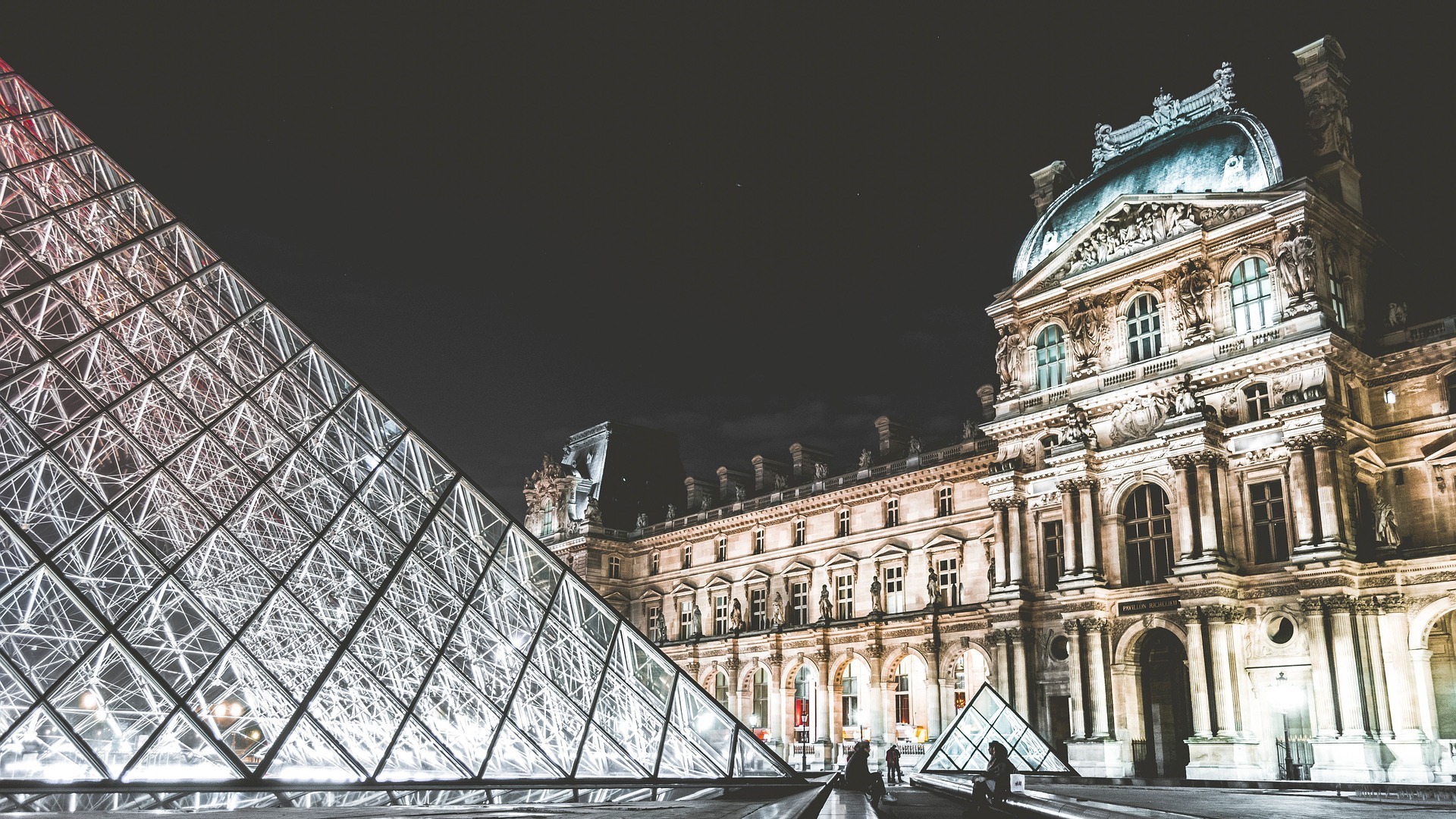Architectural photography is a special process. It requires a trained eye, special knowledge and impeccable taste. After all, architects spend years working on their creations, bringing them to perfection. The task of an architectural photographer is to reflect in photographs the ideal achieved, and convey its history. The main assistants in this are light, perspective and lens.
Make perspective images
Architectural objects come in all shapes and sizes. However, it’s not about them, it’s about the lines. To bring a massive structure to life and sharpen the details, you have to take perspective into account. But a good architectural photographer knows: the camera distorts it. For example, when a building is directly in front of the camera, the vertical lines deflect inward and converge at a point outside the frame.
What to do? To get an accurate picture, you need to choose geometrically straight lines. Vertical lines should be perpendicular to the horizon. So step back a little bit. Increase the distance between yourself and the structure. This will add perspective and align the converging lines. Architectural photography from the closest high point will also help achieve a realistic perspective.
Keep your lens level
A well-stabilized tripod allows you to perfectly align your camera so that it is parallel to the horizon, perpendicular to the vertical and consistent with the focal plane. This helps control the perspective of architectural photographs. A tripod is also necessary to stabilize the equipment, reduce blur, get rid of noise, and for clear images.
Capture everything in the frame
An architectural photo should contain as much background detail as possible. This is where wide-angle lenses that support a shorter focal length and an optimal depth of field can help. A typical zoom lens with a range of 16mm to 70mm is adequate for this. It’s enough for a quality architectural photo shoot. But lenses with a shift, tilt, and other effects are not necessary in this case, but they will help avoid linear perspective.
Make sure you have the right light
Most architectural photographers prefer to work in as natural light as possible. The most important thing here is to catch the right time.
- The hour before sunrise and before sunset is a golden time. This is the period of long shadows that add texture, depth and warmth to objects.
- Night can also be great for architectural shoots. But only depending on the state of the sky and the availability of artificial light sources.
- You don’t want to use front and back lighting because they make the subject look flat.
- Side front light is ideal: it casts shadows, enlivens detail and creates volume.
Be sure to consider the weather factor, as it directly affects light levels. The bright sun creates a sharp contrast, while clouds form a soft diffused light.
Keep it simple
Architecture is all about lines and patterns. For optimal composition, focus on them, pointing toward the corners. This will keep things simple. Pay attention to scale. If, for instance, you want to show the size of an object in an architectural shot, consider the foreground and background, focusing on the trees or passers-by.
Avoid distractions
These include leaves, trash, various trifles that have no value for architectural photography. They can simply be removed. Vehicles and people are excluded by cropping or cropping in post-processing.
Avoid specular reflections
Before you make a shot, look around for shiny surfaces or mirrors. Because they can light up the architectural photos and spoil them with unwanted highlights.
